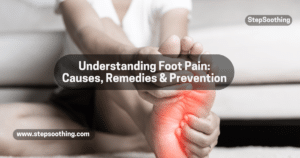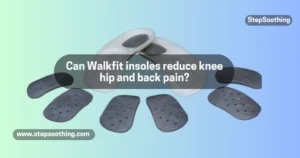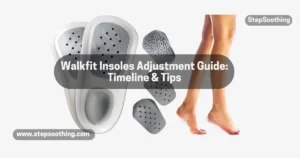Your feet do more than just carry you from one place to another—they support your movement, balance, and overall health. Yet, many people ignore their foot hygiene, which can lead to problems like infections, swelling, and pain. I once learned this the hard way when a simple blister turned into a painful infection from wearing tight shoes for too long. That experience made me realize the importance of a proper foot care routine.
Ignoring foot problems can lead to serious complications, especially for those with diabetes or other health conditions. Common issues like athlete’s foot, fungal infections, bunions, and blisters can be prevented with simple daily habits. This guide will walk you through everything from daily hygiene to footwear selection, strengthening exercises, and when to see a podiatric physician for professional help.
The Ultimate Guide to Healthy Feet: Tips for Comfort, Care, and Prevention
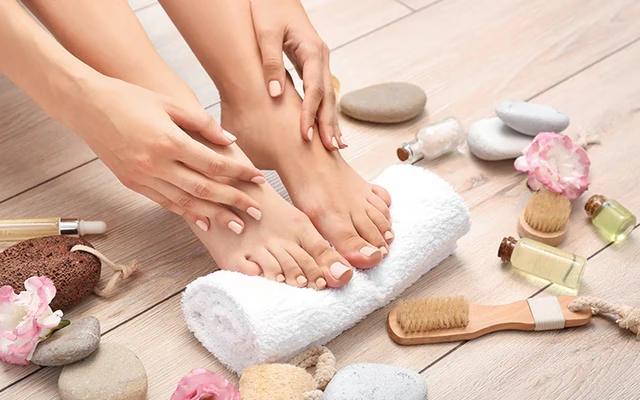
Daily Foot Care Routine
Keep Your Feet Clean and Dry
Maintaining hygiene is the foundation of healthy feet. Every day, I make sure to wash my feet thoroughly with lukewarm water and mild soap, ensuring I dry them completely, especially between toes. This step prevents fungal infections, which thrive in warm, moist environments. If your feet sweat excessively, using antifungal powder or moisture-wicking socks can help keep them dry and fresh.
Failing to keep your feet clean can lead to bacterial and fungal infections like athlete’s foot. A close friend of mine struggled with this because he never dried his feet properly after showering. Simple habits like changing socks daily and letting your shoes air out can prevent such problems and ensure your feet remain odor-free. Check out these foot care tips for overall wellness to maintain healthy feet year-round.
Moisturize Regularly
Cracked heels and dry skin can be painful, making it essential to moisturize regularly. Every night, I apply foot lotion or creams, focusing on the soles and heels, while avoiding areas between toes to prevent excess moisture buildup. If you prefer a natural approach, coconut oil or shea butter work wonders in keeping skin soft and hydrated.
Without proper hydration, the skin on your feet can become rough and prone to cracking, which can lead to infections. A friend of mine once had such severe cracked heels that walking became painful. By simply exfoliating with a pumice stone and using a good foot moisturizer, she was able to heal her feet within weeks.
Trim Toenails Properly
Trimming your toenails the right way is more important than most people realize. I always cut them straight across to prevent ingrown toenails, using a sharp, clean nail clipper. Keeping them at a moderate length also helps prevent snags and accidental tears.
I once made the mistake of cutting my toenails too short, which led to a painful ingrown toenail that took weeks to heal. Since then, I’ve learned to file edges smoothly after trimming to avoid rough spots. If you’re unsure, a podiatrist can assist with proper toenail care, especially if you have diabetes.
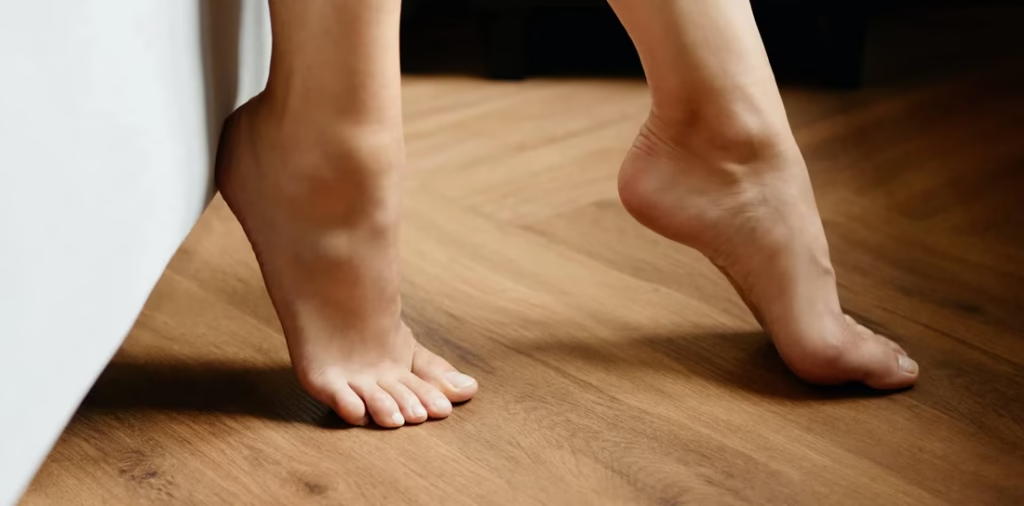
Choosing the Right Footwear
Wear Comfortable, Supportive Shoes
Your shoes play a huge role in foot health. Years ago, I prioritized fashion over comfort, wearing high heels and narrow shoes, only to end up with painful bunions and blisters. Now, I always choose shoes with proper arch support, cushioning, and a wide toe box, ensuring my feet stay comfortable all day.
If you have flat feet or foot pain, using orthotic insoles can help provide extra support. Learn how insoles alleviate plantar fasciitis and reduce foot discomfort. I also recommend getting properly fitted for shoes since different brands vary in size. Proper footwear not only prevents pain but also improves posture and balance.
Replace Worn-Out Shoes
Wearing old shoes can cause more harm than good. Over time, the support and cushioning break down, leading to discomfort and improper posture. If your soles wear unevenly, it’s a sign that your shoes need replacing.
Runners should replace their shoes every 300-500 miles to avoid injuries. I once ignored this advice and developed foot pain from running in worn-out sneakers. Since switching to well-supported shoes, my feet feel significantly better during workouts. Understand the impact of footwear on joint health to make the best choices for your feet.
Alternate Shoes and Socks
I always rotate my shoes to let them air out, preventing odor and bacteria buildup. Wearing moisture-wicking socks, made from cotton or bamboo, has also helped keep my feet dry and free from fungal infections.
A simple habit like changing socks daily can make a huge difference. I noticed a big improvement in foot odor and comfort once I started alternating between different pairs of breathable shoes and ensuring they had time to dry properly.

Preventing Common Foot Problems
Avoid Athlete’s Foot and Fungal Infections
I once picked up athlete’s foot from a gym shower because I didn’t wear flip-flops. Since then, I always make sure to protect my feet in public areas and use an antifungal spray if necessary.
If you’ve ever experienced itching, redness, or peeling skin, it could be a fungal infection. To avoid this, always dry your feet properly and change into fresh socks daily. Learn more about common foot problems and solutions to prevent and treat issues early.
Prevent Blisters and Calluses
The worst thing is getting a blister during a long walk. I now always wear properly fitted shoes and apply blister pads to prevent friction. A little bit of petroleum jelly on high-friction areas also works wonders.
Calluses can develop from excess pressure, but they can be managed by exfoliating gently and wearing cushioned shoes. Investing in good insoles has helped me avoid painful calluses and corns.
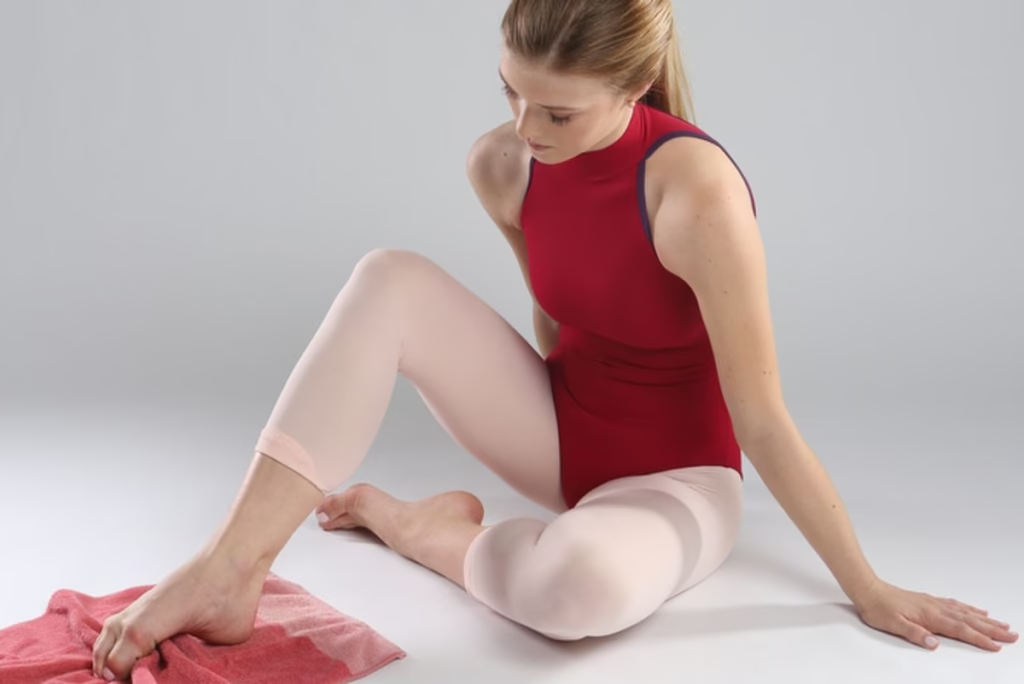
Exercises for Strong and Flexible Feet
Stretching and Strengthening
To improve mobility, I do toe stretches daily and calf stretches to ease tension. Strong foot muscles help prevent pain and injury, making it easier to stay active.
Using resistance bands and practicing towel scrunches strengthens arches and improves balance. Even simple exercises like standing on one leg help with stability and posture. Try these exercises to strengthen foot muscles for better foot support and mobility.
When to See a Podiatrist
Signs You Need Professional Help
Ignoring persistent pain, swelling, or numbness can make things worse. When I developed recurring ingrown toenails, I knew it was time to see a podiatrist.
Changes in foot structure, infections, or skin color should never be ignored. If you experience any of these issues, seek help from a podiatric physician. Learn about foot problems causing knee pain and how to address them before they affect other areas of your body.
How Podiatrists Can Help
A podiatrist can prescribe custom orthotics for extra support or recommend physical therapy if needed. In severe cases, surgical solutions might be required.
Caring for your feet doesn’t have to be complicated. Simple steps like hygiene, proper footwear, stretching, and avoiding infections can make a huge difference. After making foot care a daily habit, I’ve noticed fewer problems and greater comfort in everyday life. If you ever experience persistent foot pain, don’t wait—visit a podiatrist and take care of your mobility for years to come.
People Also Ask
How Can I Improve My Foot Health?
Wash and dry feet daily, moisturize, wear supportive shoes, and do stretching exercises. Check for swelling, pain, or infections, and see a podiatrist if needed.
What Are the 5 Principles of Foot Care?
- Hygiene – Keep feet clean and dry.
- Moisturization – Apply foot lotion regularly.
- Proper Footwear – Wear supportive, well-fitted shoes.
- Nail Care – Trim toenails straight across.
- Regular Check-ups – Inspect feet for injuries or infections.
What Causes Unhealthy Feet?
Unhealthy feet can result from poor hygiene, improper footwear, fungal infections, diabetes, and neglecting regular foot care practices, leading to various foot problems.
How Do I Get My Feet Really Clean?
To clean your feet effectively, wash with lukewarm water and mild soap, gently scrub all areas, and ensure thorough drying, especially between the toes.
How Do I Repair My Feet?
Repair your feet by applying moisturizer for dryness, soaking in Epsom salt to soothe, wearing supportive shoes, and promptly treating blisters or infections.

